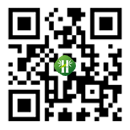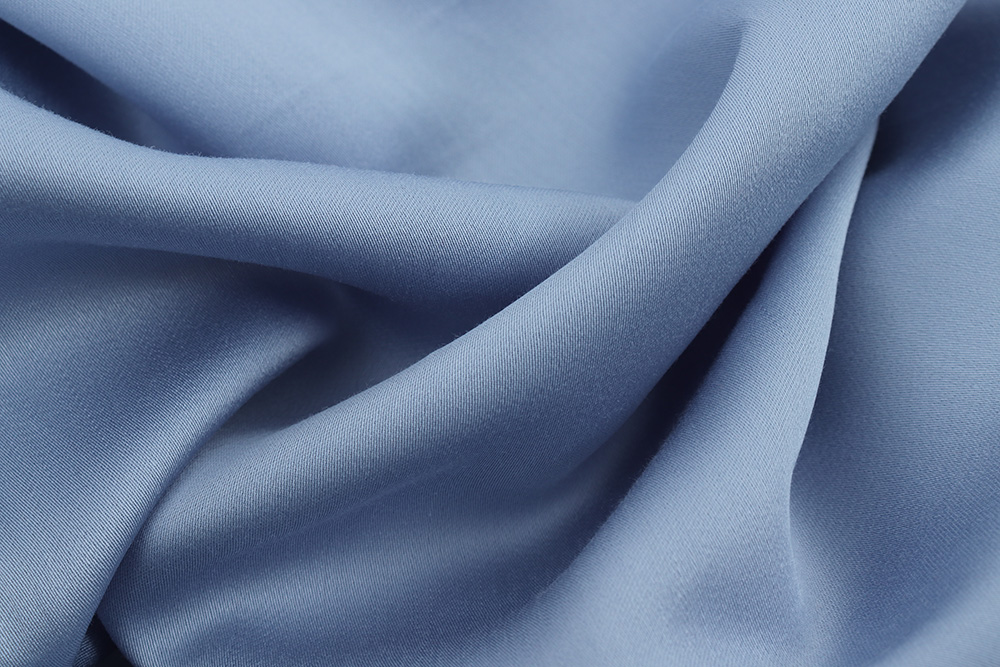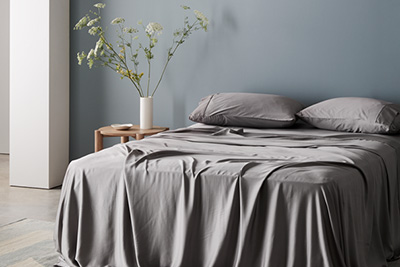新闻资讯
公司多年深耕家纺市场,集产品生产、研发、销售为一体。产品始终坚持以健康、环保、可降解,循环再利用、时尚为核心,带给广大客户和消费者提供更好更优的体验为准则。
The company has been deeply involved in the home textile market for many years
- Categories:News Center
- Author:
- Origin:
- Time of issue:2021-04-16 11:46
- Views:
The company has been deeply involved in the home textile market for many years
- Categories:News Center
- Author:
- Origin:
- Time of issue:2021-04-16 11:46
- Views:
The company has been deeply involved in the home textile market for many years, integrating product production, research and development, and sales. Products always adhere to the principles of health, environmental protection, biodegradability, recycling, and fashion, and provide customers and consumers with a better and better experience. Formed a product system based on functional fibers such as Leo bamboo, reinforced bamboo, Tencel, and flax. The products cover yarns, grey fabrics, fabrics and finished products. From the selection of raw materials, we participate in the production and supervision of yarns, grey fabrics, fabrics and finished products. The entire quality system meets the needs of domestic and foreign markets.
The company and Shanghai Leo Fiber Enterprise Development Co., Ltd. are now a strategic development partnership. They are the only designated supplier of Bamboo Lyocell home textile products in the United States, Canada and Australia, and the authoritative supplier of domestic Leo Bamboo home textile products. The company owns The exclusive cooperative agency agreement for Bamboo Lyocell.
Relevant Information
PRODUCTS
NEWS CENTER
CONTACT US
15194222202(Manager Wu)
18653218557(Manager Qin)
Email: qingdaohuayu@126.com
Address: No. 80, Haier Road, Laoshan District, Qingdao

Official website QR code
Copyright © Qingdao Huayu Textile Co., Ltd. 鲁ICP备2021016377号 POWERED BY WWW.300.CN
Copyright © Qingdao Huayu Textile Co., Ltd.
鲁ICP备98654124号 POWERED BY WWW.300.CN




